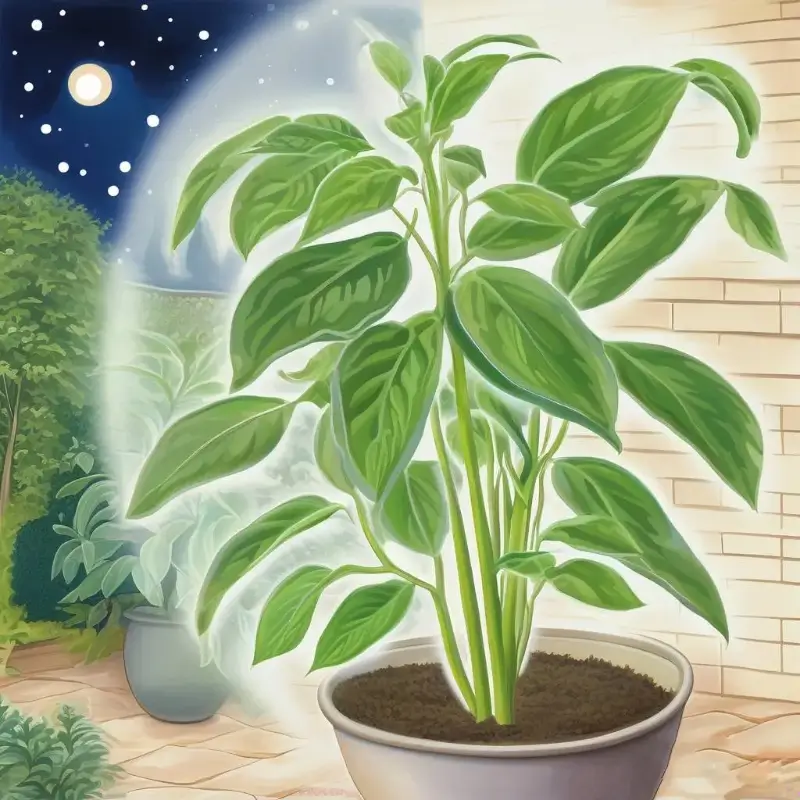why do plants release carbon dioxide at night?
Plants release carbon dioxide at night because during this time they are not conducting photosynthesis. Photosynthesis involves the intake of carbon dioxide and the release of oxygen, utilizing sunlight energy to convert these inputs into glucose (a type of sugar) for the plant’s energy needs.
At night, when sunlight is not available, plants cannot perform photosynthesis. Instead, they rely on cellular respiration, which is a continuous process that occurs both day and night. Cellular respiration breaks down glucose (stored from photosynthesis during the day or previously synthesized) to release energy for the plant’s metabolic functions. Similar to the way animals breathe, plants take in oxygen and release carbon dioxide as a byproduct of this respiration process.
Plants release carbon dioxide (CO2) at night primarily through a process called respiration. Respiration is a metabolic process that occurs in the cells of all living organisms, including plants, and it is essentially the “backup” mechanism for generating energy when sunlight is not available.
Here’s a simplified explanation of what happens:
During the day, plants carry out photosynthesis, where they use sunlight, water (H2O), and carbon dioxide (CO2) to produce glucose (C6H12O6) and oxygen (O2). This process provides the plant with the energy it needs to grow and carry out other life functions.
At night, when sunlight is not available, plants cannot perform photosynthesis. However, they still need to generate energy to survive. To do this, plants switch to respiration, which is the breakdown of glucose (or other stored carbohydrates) to release energy in the form of adenosine triphosphate (ATP). This process occurs in the mitochondria of plant cells and is similar to the way animals generate energy.
The overall equation for respiration is:
C6H12O6 + 6 O2 → 6 CO2 + 6 H2O + energy (ATP)
As part of this process, plants consume oxygen (O2) and release carbon dioxide (CO2) as a waste product. Since the stomata on the leaves are typically open at night to facilitate gas exchange (while also minimizing water loss), the released CO2 can exit the plant through these openings.
It’s important to note that while plants are releasing CO2 at night, they are not actively taking in more CO2 for photosynthesis. Therefore, during the night, the net release of CO2 from a plant’s leaves is greater than the net uptake of CO2. This is why you might find higher levels of CO2 in a closed space with plants, such as a room with no windows, during the night.
In summary, plants release carbon dioxide at night because they are engaged in respiration, a process that generates energy when photosynthesis is not possible. This is a natural part of their metabolic cycle, and it occurs in all plants, regardless of whether they are photosynthetic or not.



